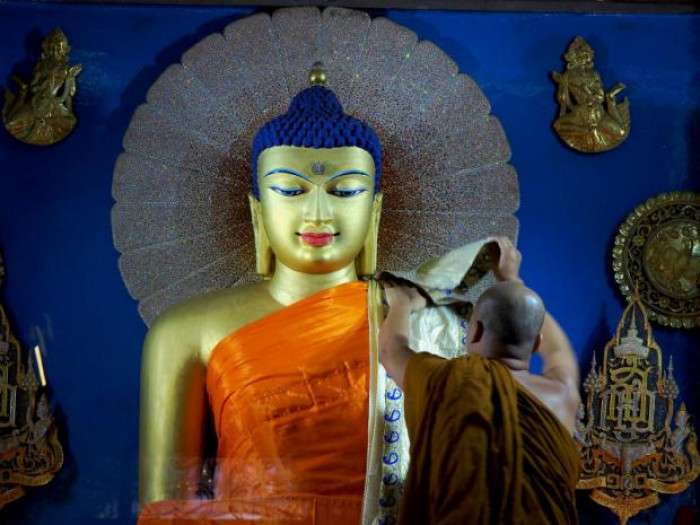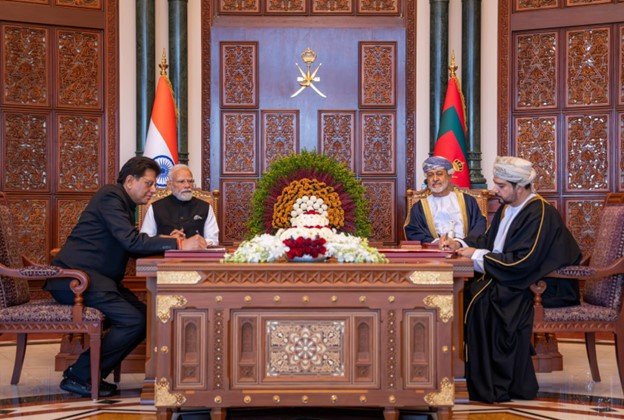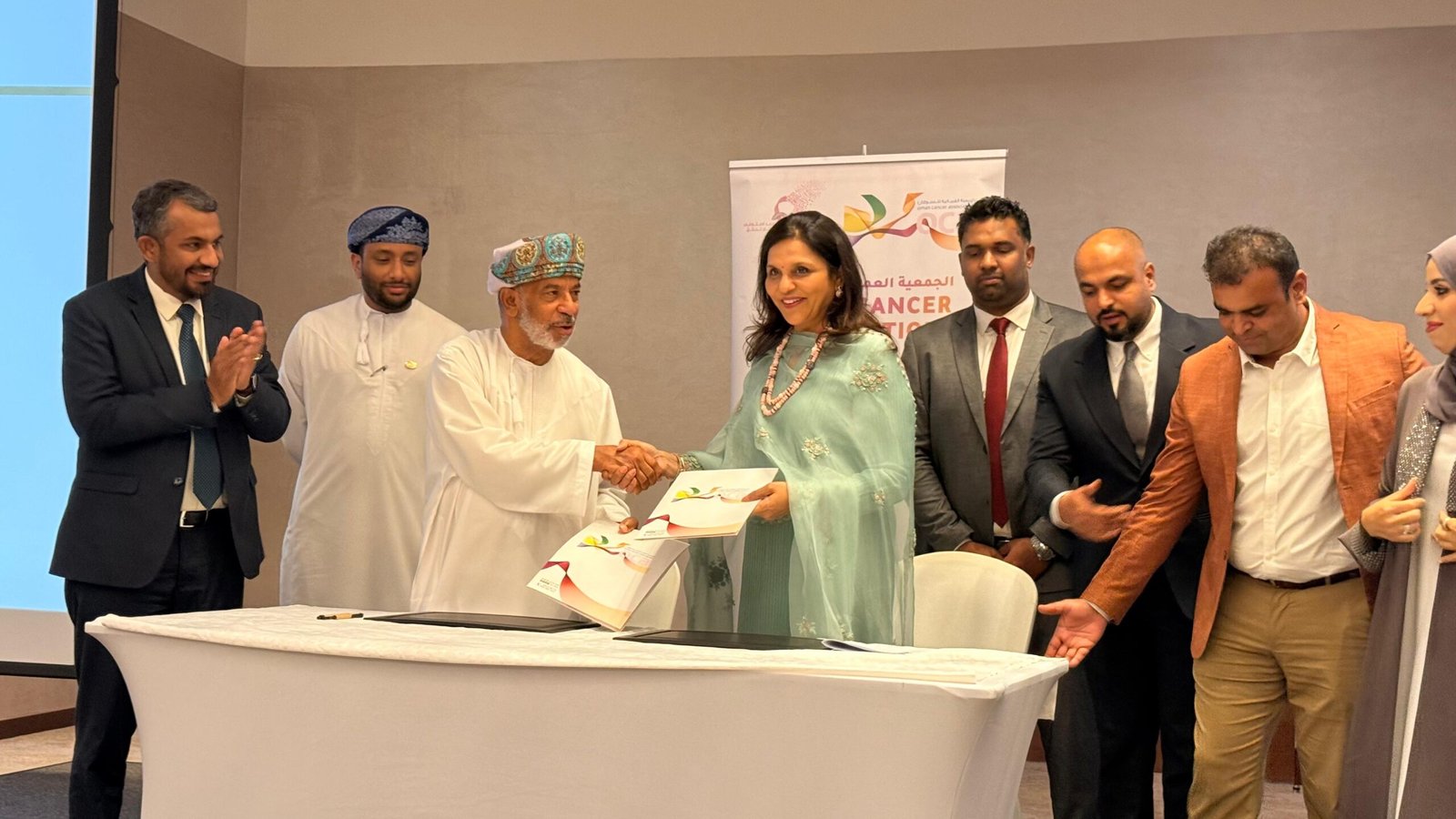A report by Incredible India and the International Finance Corporation (IFC), part of the World Bank group, examines both the advantages and disadvantages
Like every other year, Buddha Purnima, the officially recognised birthday of Gautam Buddha, founder of Buddhism, one of the great religions of the world, has come and gone.
As usual, the day passed by in a slew of empty ceremonies and speeches. But there is little thought beyond that, least of all by the Centre and state governments to develop Buddhism into the world’s most powerful tourism brand with a potential to attract millions of foreign visitors and many more millions in revenue for the country.
What an irony that India is one of the world’s great reservoirs of history, cultures, philosophies and religions. Global interest to visit and experience these assets puts India amongst the most desired destinations for tourists and pilgrims.
The Buddhist Circuit could be an important pilgrimage destination for the 450 million practicing Buddhists around the world, as well as travellers interested in history, culture or religion.
But for one reason or another, initiatives by private and government bodies have failed to take off because 0f a fragmented and half-hearted approach.
“The Buddhist circuit in India”: A report by Incredible India and the International Finance Corporation (IFC), part of the World Bank group
Says the Buddhist Circuit is a route that follows in the footsteps of the Buddha from Lumbini in Nepal where he was born, through Bihar in India where he attained enlightenment, to Sarnath and Kushinagar in Uttar Pradesh in India, where he gave his first teachings and died. – all of which are over 2500 years old – are among the most significant and revered for all Buddhists around.
It also involves for the first-time the collaboration between the Government of India’s Ministry of Tourism, the State Governments of Bihar and Uttar Pradesh, the private sector, Buddhist monasteries and sects, and the World Bank Group.
As usual, the day passed by in a slew of empty ceremonies and speeches. But there is little thought beyond that, least of all by the Centre and state governments to develop Buddhism into the world’s most powerful tourism brand with a potential to attract millions of foreign visitors and many more millions in revenue for the country.
The most important places are:
• Lumbini (in Nepal) – where he was born.
• Bodhgaya (in Bihar) – where he attained enlightenment under the Bodhi Tree.
• Nalanda and Rajgir (in Bihar) – where he lived and taught, and Nalanda, in particular, became the center of Buddhist learning and teaching.
• Vaishali (in Bihar)– where Buddha’s last sermon was delivered.
• Sarnath (in Varanasi, Uttar Pradesh) – where he delivered his first sermon.
• Kushinagar (in Uttar Pradesh) – where he died.
• Sravasti (in Uttar Pradesh) – Buddha spent twenty four rainy seasons here at the Jetavan monastery, built by his disciple Sudatta Anathapindika.
• Kausambi (in Uttar Pradesh) – Buddha is believed to have stayed and preached at Kausambi.
• Kapilavastu (on India Nepal Border) – Kapilvastu is deeply endowed with the Buddha’s origins. It is believed that Buddha spent his first early years here before embarking on the long journey to enlightenment.
An Action Plan for the Development of the Buddhist Circuit was launched in 1986, but hasn’t met with much success to develop it as a mainstream tourism product.
Various tourism master plans, investment projects by the states and the Government of India, and donors have targeted this important historic and living heritage. The experience in other parts of the world has shown that tourism benefits reach deep into local households.
For India, and especially Bihar and Uttar Pradesh – two of India’s most populous states – accessing these benefits is vital for growth.
Major strengths of the Buddhist Circuit are:
It is “known” to Buddhists
• Already well-established as a major pilgrimage route
• A global market of 450 million Buddhists
• All countries with strong Buddhist cultures have monasteries on the circuit
• The importance of the Buddhist Circuit makes it attractive to non-Buddhist tourists as well.
Well-preserved Buddhist sites and Buddhist artifacts
• Stupas and temples date back over 2000 years
• There are high quality relics in museums in Sarnath, Bodhgaya, and Patna
• Tour operators provide a range of pilgrimage packages
But the several drawbacks far outweigh the advantages, and have proved to be a deadweight and impediment for concerned
Limited brand recognition and market reach
• Generally known among the communities linked to the monasteries, but limited awareness in the wider global Buddhist community and even less awareness among non-Buddhist tourists
• Sold mostly by specialist Buddhist Circuit operators and not by the general tour operator community
• No clear brand identity
• Very limited online marketing
• High seasonality linked to weather conditions as most pilgrims/tourists prefer to come during the more pleasant cooler season
• Low standard of tourist-related services and products
• No accommodation facilities above 3-star level (only a total 300 3-star rooms across the circuit)
• Limited tourist-quality restaurants, coffee shops, shopping, and services
• Limited multi-lingual guided and visitor interaction
• Tourist information centers poorly managed
• Lack of land for new developments
• Few amenities such as picnic and recreation areas for day visitors and tourist relaxation
• Limited opportunities to shop for authentic local arts, crafts and other goods
• Restricted opening times of attractions such as museums, public parks, etc.
• Limited seating, shade, meditation areas, etc.
• Restrooms of poor standard
And yet it is these very daunting odds that should spur the government on to make the Buddha, the country’s number one brand ambassador as far as tourism is concerned. If it is successfully tapped it could become a gold mine as far as revenue generation and jobs are concerned.
***************************************************************
Readers
These are extraordinary times. All of us have to rely on high-impact, trustworthy journalism. And this is especially true of the Indian Diaspora. Members of the Indian community overseas cannot be fed with inaccurate news.
Pravasi Samwad is a venture that has no shareholders. It is the result of an impassioned initiative of a handful of Indian journalists spread around the world. We have taken the small step forward with the pledge to provide news with accuracy, free from political and commercial influence. Our aim is to keep you, our readers, informed about developments at ‘home’ and across the world that affect you.
Please help us to keep our journalism independent and free.
In these difficult times, to run a news website requires finances. While every contribution, big or small, will makes a difference, we request our readers to put us in touch with advertisers worldwide. It will be a great help.
For more information: pravasisamwad00@gmail.com










